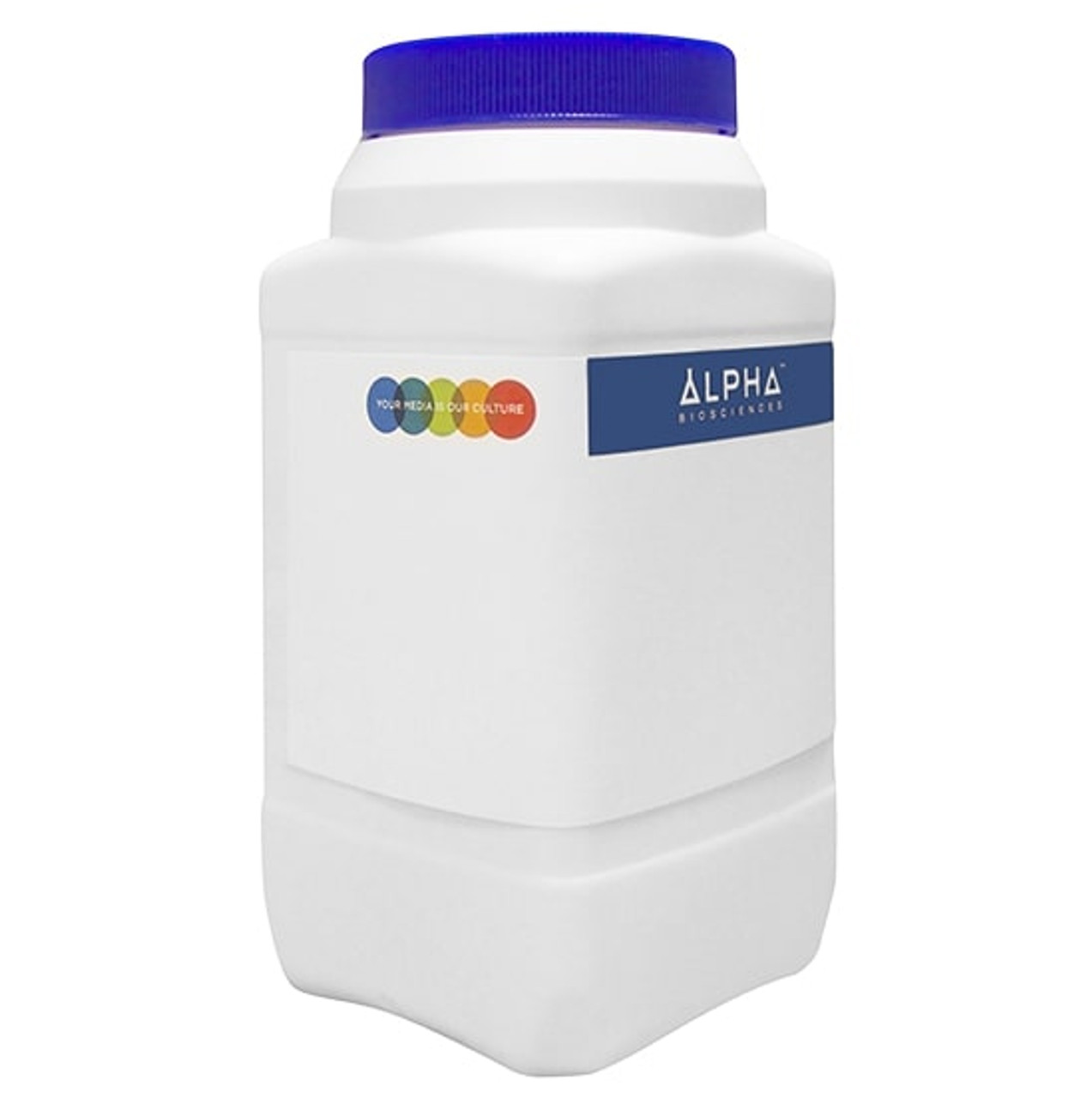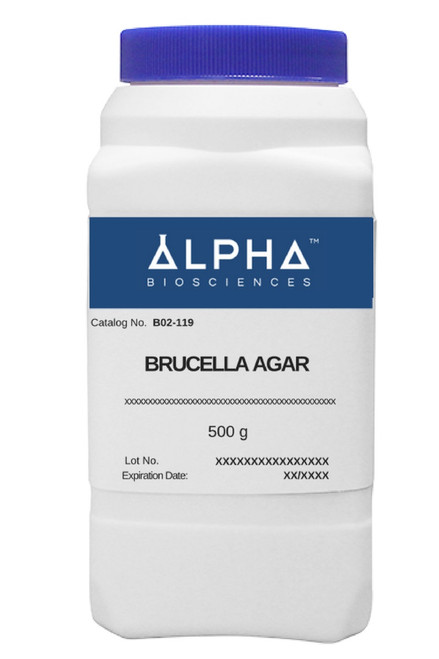Shop by Category
- 2D & 3D Rockers
- Balances
- Centrifuge
- Cell Counting
- Cell Imaging
- Cell Isolation
- Climate Chamber
- CO2 Incubator
- Cool Traps and Circulation
- Data Loggers
- Heating & Shaking
- Homogenizer & Tissue Grinder
- Hotplate & Magnetic Stirrer
- Incubators
- Muffle Furnaces
- Oil Bath
- Ovens
- Meters
- Microplate Reader
- Nucleic Acid Extractor
- Rollers and Rotators
- Rotary Evaporators
- Safety Cabinet
- Scales
- Shaker
- Shaking Incubators
- Spectrophotometer
- Sterilizers
- Temperature Control Device
- Thermalcycler
- Vortex Mixer
- Water Baths
- Reservoir
- Spheroid Dish
- Bottles
- Cell Floater
- Bacteriology
- Cell Cultures Dishes
- Cell Culture Imaging
- Cell Culture Flasks
- Cell Culture Plates
- Cell Production
- Cell Strainer
- Clinical Labware
- Cool Tube Rack
- Cryovials, Cryovials Racks and Cryovial Boxes
- Deep Well
- Dialysis Chamber
- Insect Culture
- Insert Hanging
- In Vitro Fertilization
- Liquid-Handling
- Microplates
- PCR Tubes and Plates
- Petri Dish
- Plant Cultures
- Rack
- Rodac Plates
- Roller Bottle
- Scratcher
- Sealing Plate
- Serological Pipette
- Tubes & Microcentrifuge tubes






Bacillus Cereus Agar (B02-101)
Alpha Biosciences
$2,076.15
Was:
Now:
$175.66 - $2,633.76
(You save
$1,900.49
)
- SKU:
- B02-101
- Condition:
- New
- Shipping:
- Calculated at Checkout
BACILLUS CEREUS AGAR
Bacillus cereus Agar is a selective medium for the detection, isolation and quantification of Bacillus cereus in foods. In this medium, the low Peptone level and the addition of Sodium Pyruvate improve egg yolk precipitation, thus enhancing bacterial sporulation. The selective agent Polymyxin B suppresses the growth of most bacteria but allows that of B. cereus. Typical B. cereus colonies are crenated, filamentous and peacock-blue, surrounded by a precipitate due to the hydrolytic activity of the enzyme lecitinase on the egg yolk suspension. After 48 hours of incubation, the center of the colony presents a grayish color. The pH indicator Bromothymol Blue detects mannitol utilization by other bacteria of the Bacillus group, which unlike B. cereus form yellow colonies on this medium. Other egg yolk-reacting microorganisms able to grow on this medium such as Staphylococcus aureus, Serratia marcescens or Proteus vulgariscan be distinguished from B. cereus by the color and shape of their colonies, as well as by the presence of a lightening reaction on the egg yolk.


![BCYE AGAR [LEGIONELLA AGAR] (B02-103) BCYE AGAR [LEGIONELLA AGAR] (B02-103)](https://cdn11.bigcommerce.com/s-hgsfepq18i/images/stencil/500x659/products/2231/5233/B02-103__28787.1558541121.jpg?c=2)
![BCYE Agar [Legionella Agar] (B02-103) BCYE Agar [Legionella Agar] (B02-103)](https://cdn11.bigcommerce.com/s-hgsfepq18i/images/stencil/500x659/products/2231/5232/back__64824.1558541120.jpg?c=2)







